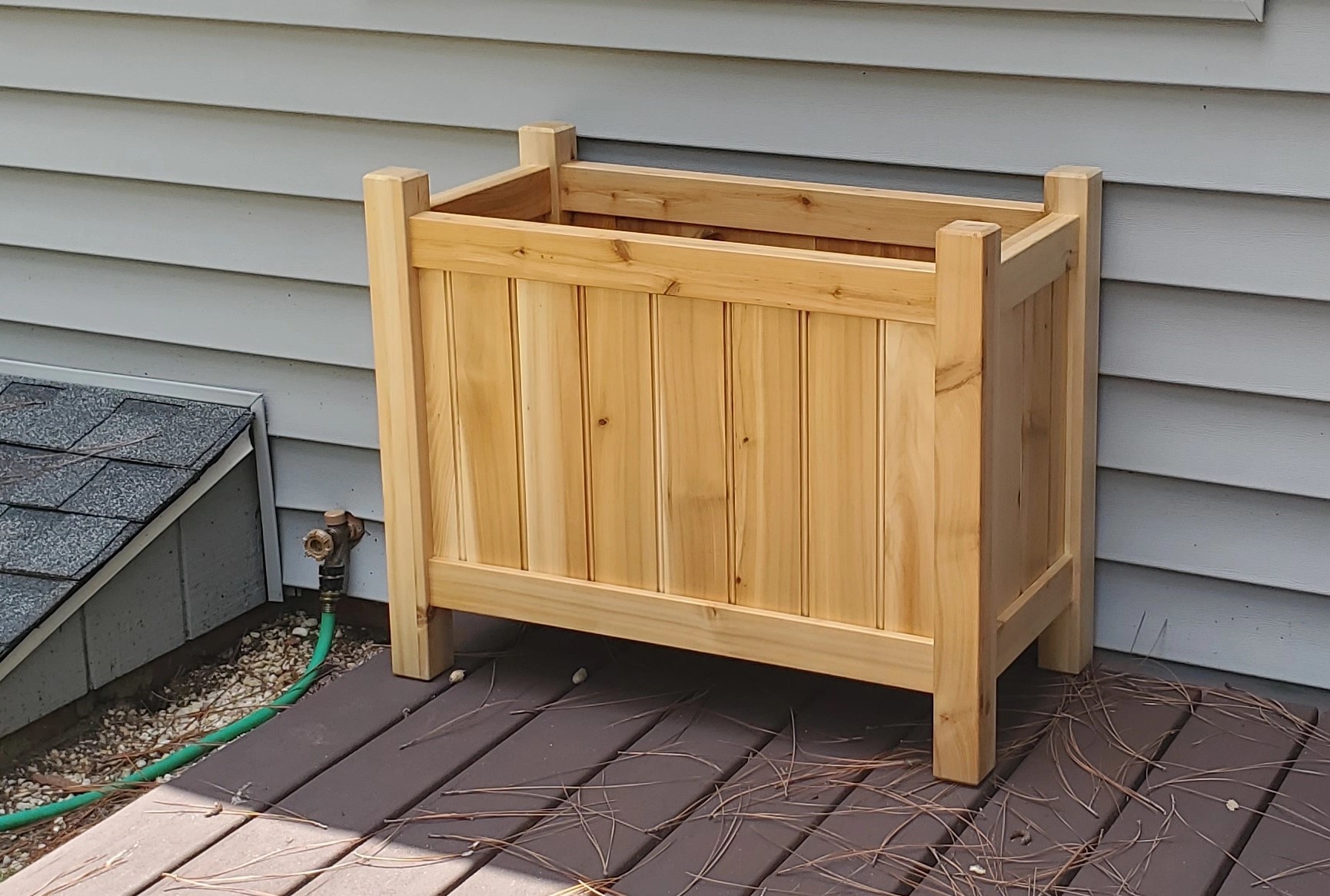I’m another person who prefers diamond plates and strops, with some oil stones for variety (mostly for carving tools); no water stones because I don’t want to have to flatten or soak them.
My early setup followed what people like Paul Sellers, James Wright and Rex Krueger recommended – grits 240, 600, 1200 and leather strop.
That’s fine for a lot of tasks, if you’re mainly dealing with plane irons and chisels, but if you expand the kinds of tools you need to sharpen, you will likely need to add to the sharpening kit.
For some tools, it’s easier to bring the sharpening to the tool (axes, adzes, drawknives, etc), so smaller media that is easy to hold is advantageous. I have found cheap little “paddles” designed for a guided knife sharpening system work well for this.
For others, like carving tools, the shape of the edge requires something else, like slip stones, rods, etc. These can be hard to find for a price I find reasonable, so I’ve been less concerned about media type and more about taking what I could get. These have mostly been carborundum and Arkansas oil stones, often using the diamond plate on the outside of the edge, although I have found a coarse pen-sized diamond rod sold for gardening tools to be indispensable for “flattening” the “back” of gouges.
And then there is restoration and initial setup of cheap tools, for which I use cheap, thin diamond plates, attached with double-sided Scotch tape to a piece of MDF and sandpaper attached with sprayable PVA white glue to a piece of stone countertop from a building supply salvage store.
If I were just starting fresh, I might just go the route of the cheap plates on MDF and skip the nicer but much more expensive EZE-Lap plates. Or the 3M Cubitron™ paper, which Stumpy Nubs recently was promoting.
I haven’t mentioned my setups for stropping carving tools, or power-stropping, or saw sharpening.



My group is all parents, aside from one who’s a very paternal uncle. We’ve always played mostly Monday or Tuesday nights, starting after bedtimes for ages where that requires active involvement (often going later than we probably should).
We switch nights up when needed, like when a spouse takes a class or has some other recurring activity.
It helps that we’re mostly all parents and spouses so we have very similar concerns and no one gets fussy when someone needs accommodations.